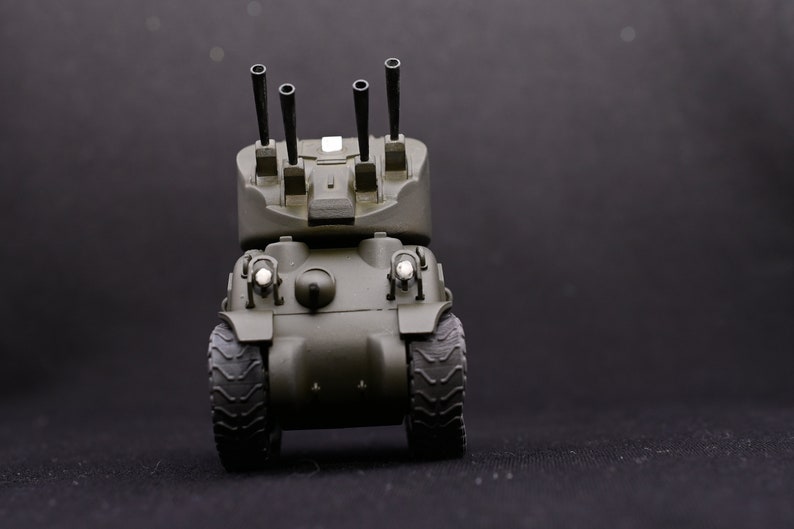
Despite these shortcomings, the Char B-1 Bis turned out to be a very demanding opponent for the German army during the French campaign in 1940, capable of inflicting heavy losses on German tanks, as in the skirmish at Stonne on May 16, 1940, when 1 Char B-1 The Bis with its own name "Eure" destroyed 13 German tanks and despite 140 hits withdrew from the battlefield. Other drawbacks include the excessive workload of the crew - especially the vehicle commander - and the overall high failure rate of the tank. Needed to Complete: Assembly Hobby knife Plastic model glue Paint.

Much less attention was paid to the tank's maximum speed, maneuverability and range of operation. BOEING B-17G FLYING FORTRESS BOMBER TOON VERSION PLASTIC MODEL KIT MENG. It puts emphasis on very strong armor (up to 60 mm!) And strong armament. The concept of the tank was inspired by the experiences of the First World War. Theoretical and conceptual work on the Char B-1 Bis began as early as 1921, but was repeatedly interrupted, which led to the fact that only in 1937 the first serial copies appeared. Its main armament was a single howitzer A 75mm ABS SA 35 in the hull and a 47mm SA 34 gun in the turret. The tank was powered by a single 307hp Renault carburettor engine.

The first prototypes of the vehicle were created in 1935, and serial production continued in the period 1937-1940, ending with the production of 403 cars.

The Char B-1 Bis was a French heavy tank from the Second World War.


 0 kommentar(er)
0 kommentar(er)
